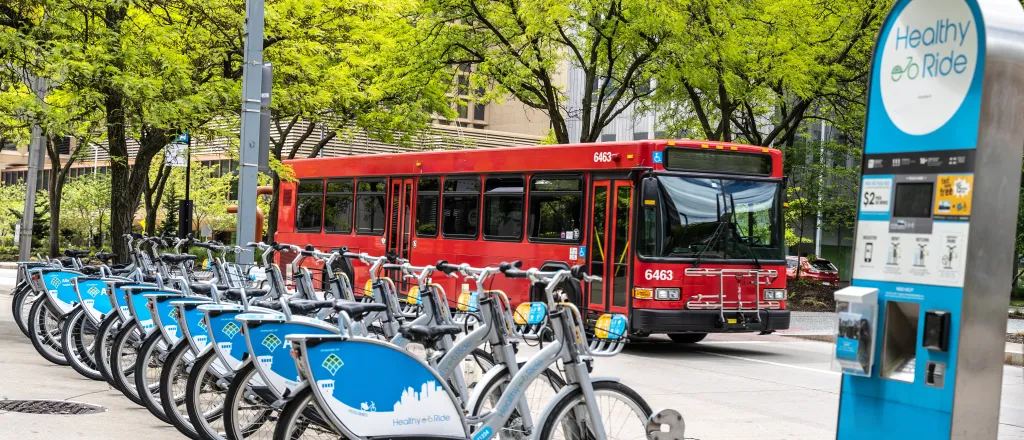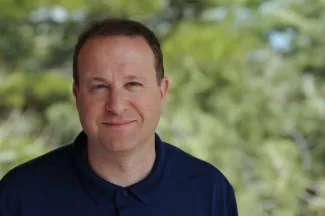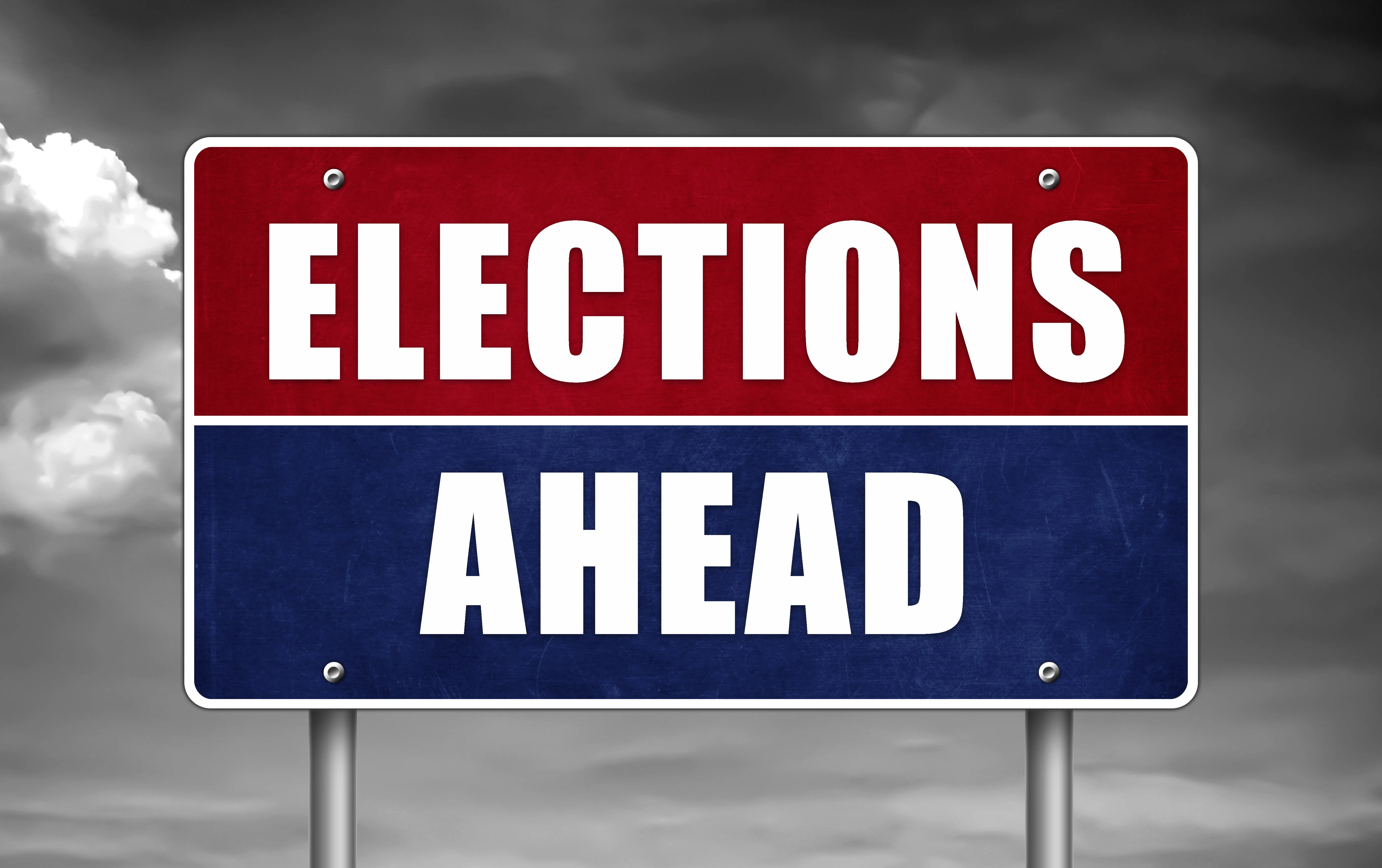
Colorado officials set ‘mode shift’ goal to double non-car travel by 2035
(Colorado Newsline) Colorado officials say they’re aiming to double transit ridership, biking and walking over the next decade to help the state get back on track to meet its climate goals in the transportation sector.
Governor Jared Polis joined state and local leaders at a Denver light rail station Tuesday to unveil “Colorado Transportation Vision: 2035,” a 28-page document outlining how the state plans to achieve a big shift in how Coloradans choose to get around every day. The plan comes as the state appears likely to fall short of its statutory greenhouse gas emissions reduction targets beginning in 2025, in large part because of a lack of progress in reducing pollution from cars and trucks.

“In many ways, the sector that we need to do the most work in to achieve our goals is transportation,” Polis said over the noise of bus and light-rail traffic at the Regional Transportation District’s Interstate 25 and Broadway Station. “We need to do more at this intersection of transit, housing and multimodal transportation planning.”
The new strategies also come amid the likelihood that many transportation-focused policies enacted by President Joe Biden will be rolled back under President-elect Donald Trump. Generous federal tax rebates for electric vehicles, a technology that has formed the backbone of the Polis administration’s clean transportation efforts, are reportedly being targeted for repeal by Trump’s allies, though Colorado’s state-level incentives won’t be affected.
“While the reduction from EVs is significant, increases in population and emissions from non-road modes means more needs to be done in transportation above and beyond electrification policy,” the Polis administration’s 2035 plan says.
Alongside increased EV adoption — the state has long targeted putting nearly 1 million EVs on the road by 2030 — the plan commits to a new “mode shift” goal, aiming to double the percentage of trips taken by Coloradans using non-car modes of travel, from 9.6 percent today to 19.2 percent by 2035. That includes trips taken using transit, by walking or by “active transportation,” a category that includes bikes, e-bikes and e-scooters.
A series of “sub-goals” include an 83 percent statewide increase in transit service as measured by revenue miles, and an 81 percent increase in bicycle infrastructure, along with targets for transit-oriented housing development and new sidewalk construction.
“These are ambitious goals that are achievable through a strategy that invests in enhanced public transit services and greater transit service frequency along with a housing strategy that ensures that transit connections are a part of planning for walkable and bikeable neighborhoods,” the plan says. “While the state will do its part, these goals cannot be achieved through state action alone.”

© iStock - Solovyova.
Polis and state lawmakers acted earlier this year to increase funding for multimodal transportation projects and transit operations, including through new fees on rental cars and oil and gas production. They’re also forging ahead with plans for a Front Range Passenger Rail system and expanded train service for mountain communities, part of a broader push from Polis to encourage more abundant and higher-density housing development across the state.
“Over the past century, our transportation and land use planning decisions have led to car dependence, locking in the most polluting, expensive, inefficient, and dangerous form of transportation,” Matt Frommer, a policy manager with the Boulder-based Southwest Energy Efficiency Project, said in a statement Tuesday. “Coloradans want more transportation choices, and Governor Polis’ new Transportation Vision sets the course for more transit-friendly, walkable, and accessible communities.”
“It’s always helpful to have a goal,” Danny Katz, director of the Colorado Public Interest Research Group, a Denver-based environmental and consumer advocacy organization, said of the new plan in an interview. “This really helps clarify — 83 percent increase in transit, that’s a big goal, and it’s going to take a lot of work to get there.”
Katz estimated that the new state funding for transit operations passed in 2024 could help achieve up to 20 percent of its new transit goal — enough to help RTD and other agencies around the state follow through on plans to restore and expand service incrementally, for now.
“You don’t double transit (service) overnight, so we have the money to be able to grow our system over the next few years, which is good news,” he said. “But we’ll need to get even more money to keep growing to a point where we can hit this goal.”
Colorado Newsline is part of States Newsroom, a nonprofit news network supported by grants and a coalition of donors as a 501c(3) public charity. Colorado Newsline maintains editorial independence. Contact Editor Quentin Young for questions: info@coloradonewsline.com. Follow Colorado Newsline on Facebook and X.
















